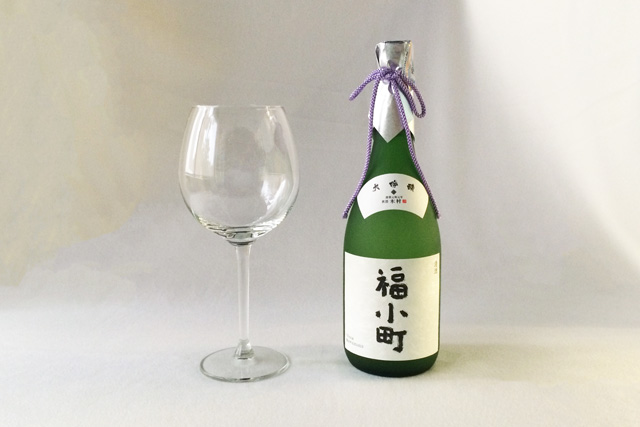Japanese Sake
What is Japanese SAKE ?
SAKE is produced from Rice, Koji (malted rice), and Water.

It is said that it originated in Japan and the prototype of modern sake was established 1000 years ago during Heian period.
Since then, each region has developed their own taste of Sake.
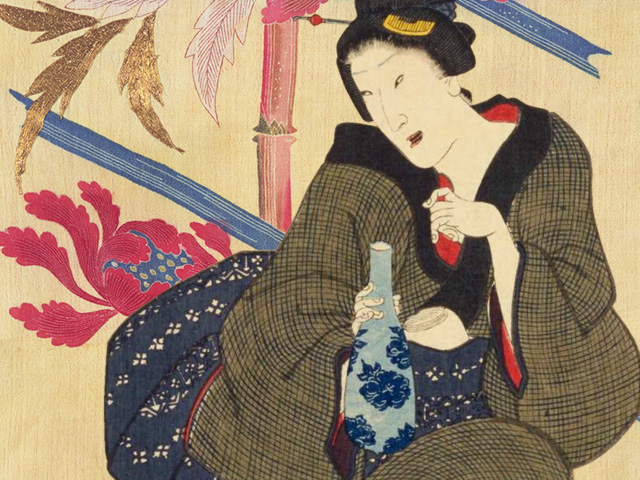
Taste of Japanese SAKE
SAKE is classified into
Aromatic Sake (薫酒) - Fragrant taste,
Rich Sake (醇酒) - Full body,
Refreshing Sake (爽酒) - Fresh taste,
and Aged Sake (熟酒) - Mature taste.
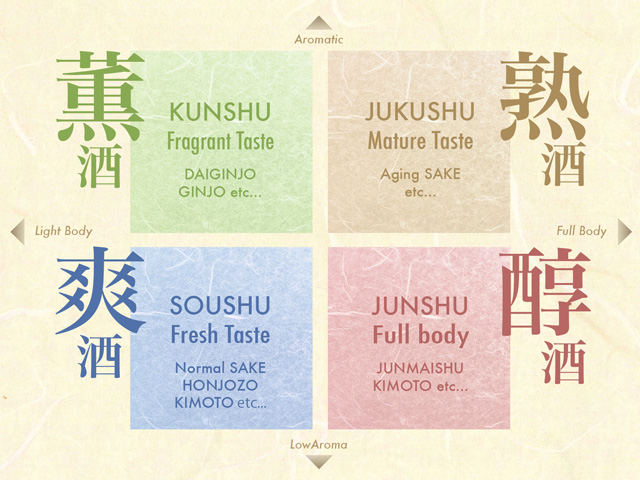
Suzuki Shoten provides a wide selection of SAKE from all over Japan.
Please enjoy and taste many Japanese SAKE.
Drinking Temperature
Hot/Cold
SAKE can be served by different temperatures, cold, warm, or hot.
You can enjoy different flavours by various temperatures.
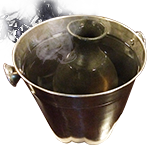
HOT (KAN)
When Rich Sake (Jun-Shu) is served hot, you will find richer and deeper flavour.
The temperature should be less than 55 degrees C.
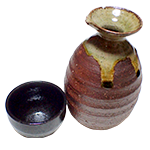
WARM (NURU-KAN)
When Rich Sake (Jun-Shu) is served warm around 40 degrees C, the flavour becomes broader. You can enjoy a different flavour from HOT Sake.
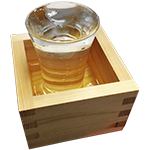
NORMAL TEMPERATURE
Refreshing SAKE (So-Shu) like Honjozo and Junmai-shu can be served at normal temperature.
You can enjoy its freshness and harmonised flavour.
You can also enjoy Aged Sake (Juku-shu) for its full-bodied and depth of taste at normal temperature.
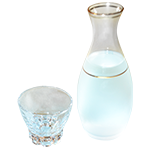
COLD(REI-SHU)
Aromatic Sake such as Daiginjo-shu and Ginjo-shu shall be served at chilled temperature.
You can enjoy its aromatic and clean finished flavour.

Certain temperature Sake suits certain dishes or food.
Please enjoy different temperature SAKE with suitable dishes.
How to keep SAKE ?

Storing Temperature
Sake should be stored at 5 to 10 degrees C.
If Sake is stored in a location with high temperatures, it may cause discolouring or damaging to the flavour.

Oxidation
When the volume becomes low in the bottle, it is recommended to transfer Sake to a smaller bottle to reduce the area exposed to the air.

Light
Please keep Sake away from direct sunlight, ultraviolet light, or germicidal lamps etc.
Sweetish/Dry
“Shudo” the Sake Meter Value (SMV) is one of the elements to identify dryness or sweetness.
It is an easy guide for you, however please keep it in mind Shudo cannot describe complete taste.
The other elements in taste are rice type, rice polish grade, amino acid and alcohol %.
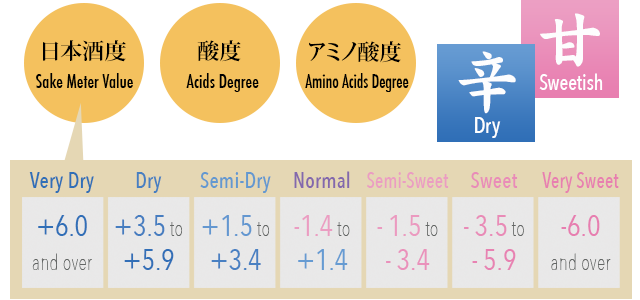
What's Daiginjo ?
Sake differs by its brewing processes.
Japanese Sake is made by rice, malt and water.
With added alochol we it called as "Jozo-Shu". Non-added is called "Junmai-Shu".
Sake is a process of polishing the sake rice. The rice is even tastier when the rice kernel is polished off at higher percetage.

The name of sake can be classified by its rice polishing ratio.
Less than 70% : Honjozo
Less than 60% : Ginjo
Less than 50% : Daiginjo
The fermentation of Daiginjo and Ginjo are done by slowly lowering the temperature.
Enjoy high flavor of Daiginjo as a starter.
Honjozo is very smooth and easy to drink along with any meals.
Relax and savor the purest taste of Junmai-shu.
Different types of sake has it distinctive ways to enjoy to the fullest.
Drinking chaser
It is recommended to drink a shot of sake follow with plain water to make the taste more palatable and to avoid over-drinking and hangover.
You can always refresh your taste butt and enjoy next Sake by drinking some water to wash the aftertaste out.
Mineral water is recommended.
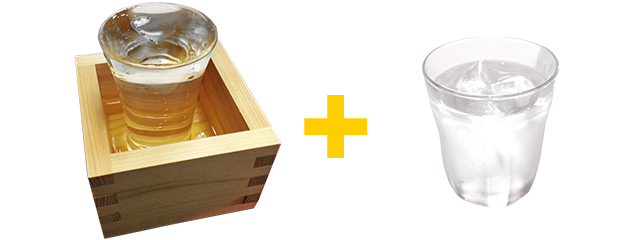
Drinking Japanese Sake can warm you up
Beer or whisky makes your body cold. Only Japanese Sake improves blood circulation. It is good for health.
Sake contains acetaldehyde (effect to extend blood vessel) and adenosine (effect to prevent constriction of the blood vessels). After drinking your body feels warmer.
In addition, Japanese Sake has a lot of health benefits. Ex: Prevent diabetes , cancer, cerebrovascular disease, high blood pressure, amnesia, and reduce stress.
Drink moderate of sake offers possible health benefits.

Sake Glassware vs Wine Glass
Sake glassware has come a long way in Japanese tradition.
Recently there is a new trend for drinking sake in the form of 'wine glass sake' The wine glass allow us to swirl and capture the aromas /air while enriching the taste of sake.
Japanese Sake also pairing well with western foods.
Let's try Sake in wine glass.
